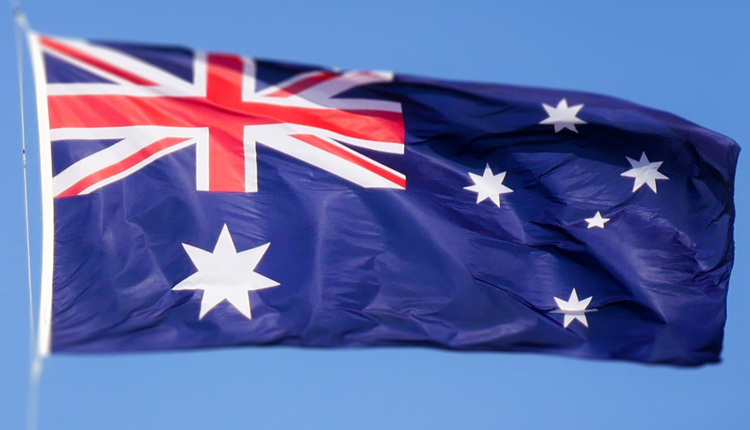Australia’s hard-hit property markets of Sydney and Melbourne enjoyed a second straight month of earnings in an early sign that rate cuts were feeding through although slow wage growth and record household debt means boom times are still distant.
An end to the long downturn will be relief to the central bank, which cut interest rates in June and July to a record low one percent.
Yet, despite Thursday’s data showing home prices across Australia’s major cities rose 0.1% last month, economists are not too hopeful of a solid turnaround.
“July officially marks the end of the longest and deepest house price correction in Australian history,” UBS economist George Tharenou said in a note to clients.
“While prices and sentiment have clearly turned, we remain cautious and do not expect a V-shaped recovery,” Tharenou added.
“Importantly, given the only modest price gains we expect, and still weak volumes, this recovery will likely not be a material boost for consumption.”
Record high household debt-to-income ratio together with stricter bank lending rules and an increasing supply of new apartment units are likely to keep the lid on home prices, further easing pressure on construction activity.
As a result, AMP’s Shane Oliver expects “constrained” low single-digit price gains through 2020.
ANNUAL WAGE RISES
In a sign the property sector turmoil could extend, separate data on Thursday pointed to a slowdown in annual wage rises in new enterprise bargaining agreements (EBAs), with weakness seen across public and private sector firms.
EBAs for the March quarter eased to 2.7 percent from 2.3 percent in the period ended September 2018, government data showed.
“This suggests that the gradual improvement we have seen in wages since 2017 may falter, particularly given the recent rise in underutilisation, supporting the need for another rate cut in 2019,” analysts at ANZ said.
June quarter wage price index data is due on August 15 and could point to a slowdown as the unemployment rate hovers at an eight-month high of 5.2 percent.
Even so, the early signs of house-price revival were seen as a mild positive for Australia’s retail sector, which is reeling from a protracted slowdown.
Housing stock is valued at A$6.6 trillion ($4.52 trillion), or almost four times Australia’s annual gross domestic product.
So, an end of the long property market downturn could be a lifesaver for Australia’s struggling economy, given how erosion of housing wealth undermined consumer confidence and spending power.
“Sentiment based measures suggest volumes will pick up in coming months,” said Matthew Hassan, a senior economist at Westpac. A Westpac consumer survey pointed to a likely recovery in sales over the second half.
“Importantly, the next few weeks will also start to see some seasonal shifts,” Hassan added. “While spring doesn’t officially start until Sept. 1, auction markets typically see a lift in clearance rates from around August.”
But there is little cheer for real estate firms.
Australian construction firm Adelaide Brighton ABC.AX downgraded earnings guidance this week amid a steep drop in housing starts.
Residential developer Ralan Group called in administrators this week, becoming the second major real estate company to collapse over the past two months.
Source: Reuters
